The Land Iguanas (Conolophus subcristatus) were introduced to the coastal regions Puerto Nuevo and Bucanero of Santiago Island
Iguanas reintroduced to Galapagos island after 200 years
Emily Dixon, CNN • Updated 8th January 2019
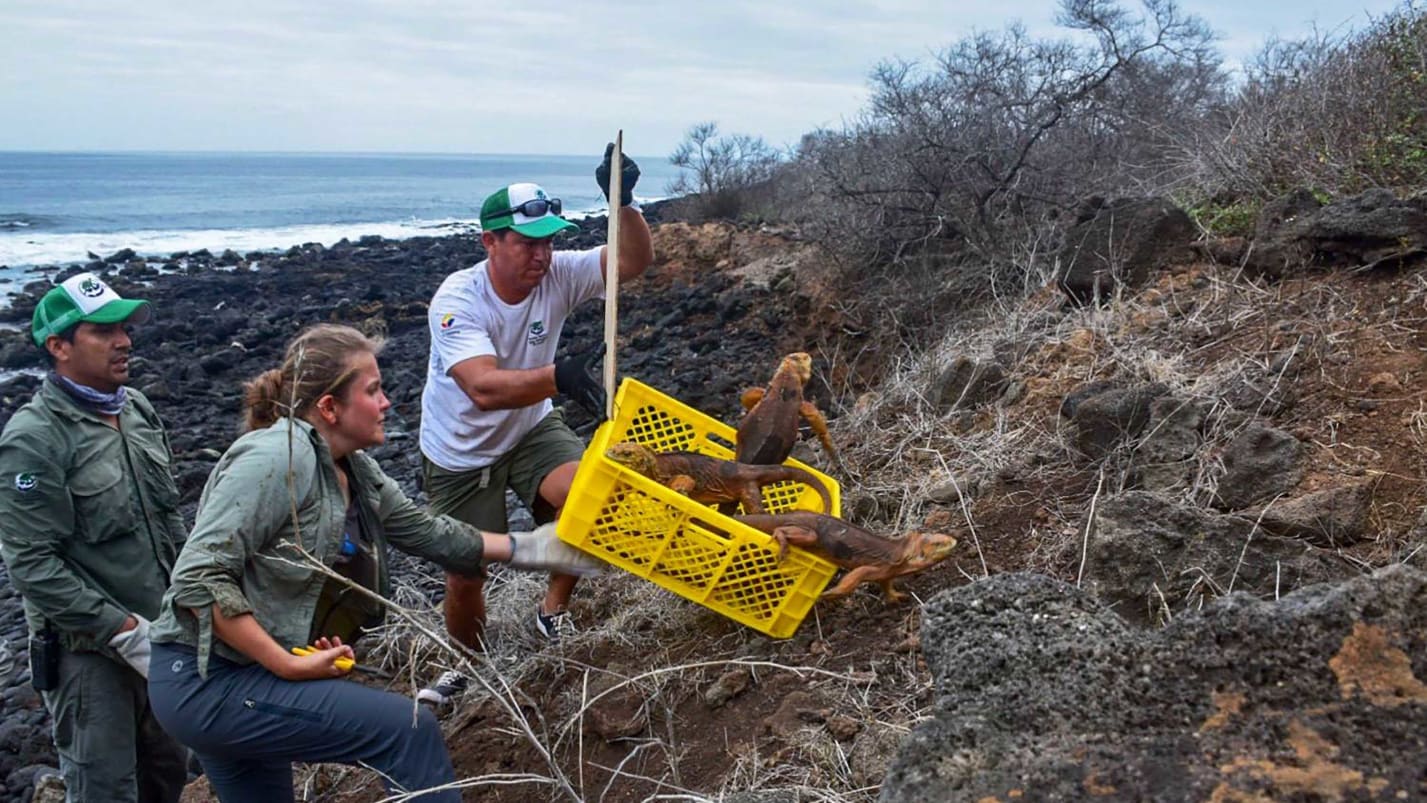
Un gran noticia para #Galápagos, para el #Ecuador y el mundo.
Gracias a nuestros aliados estratégicos @NoExtinctions#AcciónGuardaparque
Parque Galápagos
✔
@parquegalapagos
[BOLETÍN] Iguanas terrestres ayudarán a la restauración ecológica de la isla Santiago.
Leer más http://ow.ly/3R1g30ndQID
Leer más http://ow.ly/3R1g30ndQID
(CNN) — The
last person to officially record seeing a land iguana on Santiago
Island in the Galapagos was Charles Darwin in 1835. After that, iguanas
were erased from the island, wiped out by invasive predators like the
feral pig.
But now, 184 years later, the lizards have made a return, thanks to an initiative by the Galapagos National Park authority.
More than 1,400 land iguanas, scientific name Conolophus subcristatus,
were taken from the neighboring North Seymour Island and released on
Santiago Island between January 3 and 4.
They were introduced to the
coastal regions Puerto Nuevo and Bucanero, authorities said in a
statement, which have ecosystems that closely mimic their former home.
On Twitter, Galápagos National Park Director Jorge Carrión called the reintroduction of the iguanas "great news for #Galápagos, for #Ecuador and the world."
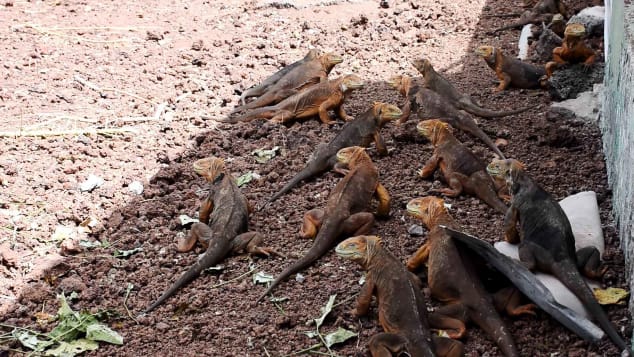
More than 1,000 iguanas were relocated from the Galapagos' North Seymour Island by the national park authority.
Facebook/parquegalapagos
According to the Galapagos Conservation Trust, the land iguana population of the archipelago suffered a significant decline
after the introduction of species like cats, rats and dogs, as well as
the predatory feral pig. These species prey on young iguanas and eggs --
though some cats have targeted adult iguanas up to four years old, says
the trust -- and also compete with the lizards for food.
The
reintroduction initiative, carried out alongside New Zealand's Massey
University, was developed in response to the depletion of vegetation
like the cactus on North Seymour Island, threatening the some 5,000
iguanas' food source.
Some
iguanas have remained on North Seymour Island to avoid compromising its
existing vegetation. Galapagos ecosystems director Danny Rueda
explained: "The land iguana is a herbivore that helps ecosystems by
dispersing seeds and maintaining open areas free from vegetation."
Authorities
will continue to monitor the Santiago Island iguanas, determining
whether they're creating nests and finding sufficient food. They'll also
keep a close eye on newer species like rodents and ants to prevent them
disturbing the iguanas' nests.
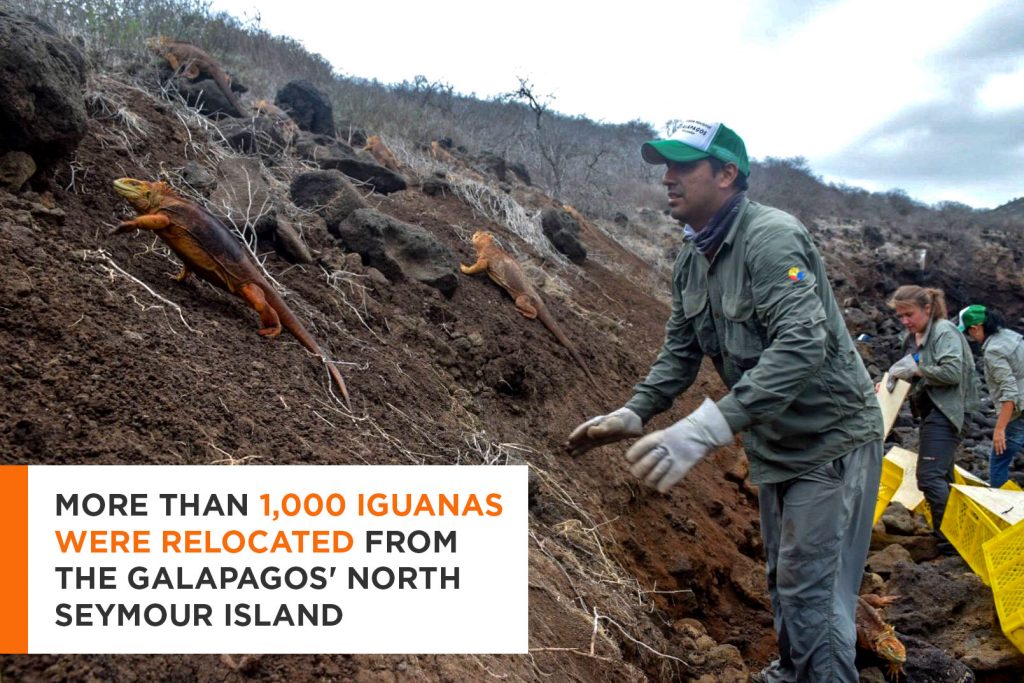
Threatened Galápagos Land Iguanas Return to Santiago Island En-Masse After 180-Year Absence
Reintroduction of Galápagos Land Iguanas helps restore Santiago Island’s ecological health and protect this important population.
Press Release, 8 January 2019Contact: Sally Esposito, Island Conservation, Director of Marketing & Communications, +1 706-969-2783, sally.esposito@islandconservation.org
Resources: photos, interviews
Karl Campbell, Island Conservation’s South America Regional Director stated:
This is the largest iguana population ever translocated for a reintroduction and sees critical ecosystem processes like seed dispersal reinitiated for the first time in 180 years.”
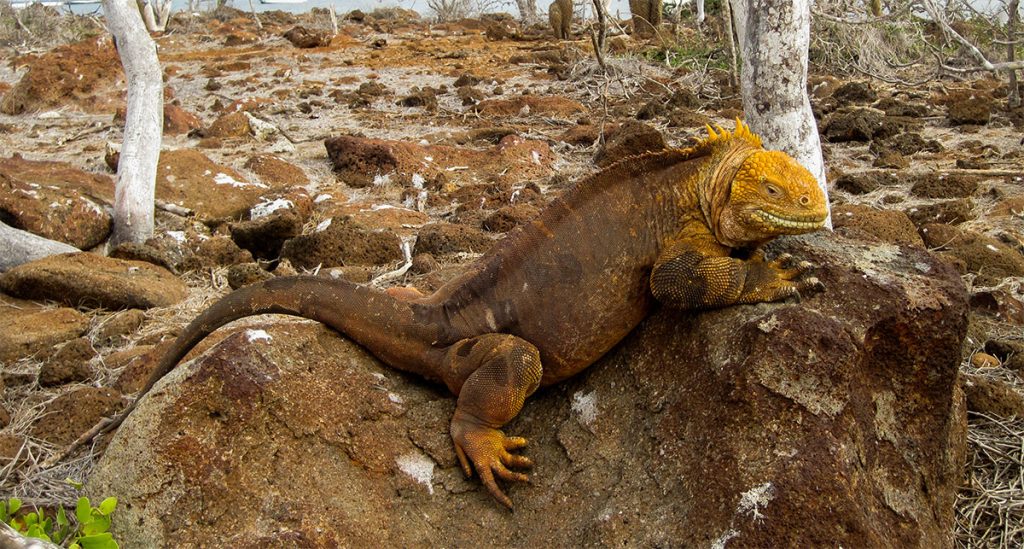
Charles Darwin was the second-last person to record land iguanas alive on Santiago Island in 1835, with Abel du Petit-Thouars being the last in 1838. Introduced feral pigs wiped out the land iguana population. When the California Academy of Sciences visited in 1903 they found only skeletal remains.
Santiago Island (58,465 ha / 144,470 acres) was freed of feral pigs in 2000, and feral goats and donkeys in 2005.
Santiago Island is the largest island worldwide to be freed of feral pigs, goats and donkeys, setting the stage for the next phase of island restoration activities like returning locally extinct species.
Other large scale restoration efforts are planned for other islands in the Galápagos. Funding contingent, in 2020 invasive predators will be eradicated from Floreana Island, protecting 55 endangered species and allowing for the reintroduction of 13 locally extinct species, including the Endangered Floreana Mockingbird and Floreana Giant Tortoise.
- Press Release: Ecological Restoration of North Seymour Island Underway Thanks to Rat Removal - January 24, 2019
- BBC Wildlife Features the Release of Galápagos Land Iguanas On Santiago Island - January 11, 2019
- We Must Act Now: Threat from Seabird Eating Mice Continues to Evolve - January 10, 2019
- Threatened Galápagos Land Iguanas Return to Santiago Island En-Masse After 180-Year Absence - January 8, 2019
- Novelist Jonathan Franzen Highlights Island Conservation in Sierra Club Interview - January 7, 2019
- Santa Cruz Sentinel: Island Conservation and Preventing Extinctions - January 4, 2019
- IUCN: Do non-native species count as biodiversity? - December 18, 2018
- A Message of Hope for Endangered Island Wildlife - December 11, 2018
- Press Release: Historic Project to Protect Palau’s Iconic Species Declared Successful - December 11, 2018
- Island Conservation’s Board Resolution for the Genetic Biocontrol of Invasive Rodents Partnership - December 6, 2018
Island Conservation
Jorge Carrión Tacuri
@JcarrionTacuri
Director Parque
Nacional Galápagos, el desarrollo armónico entre sociedad y naturaleza
es posible, aprovechando de forma racional los recursos de Galápagos.
Parque Nacional Galápagos
Joined August 2015
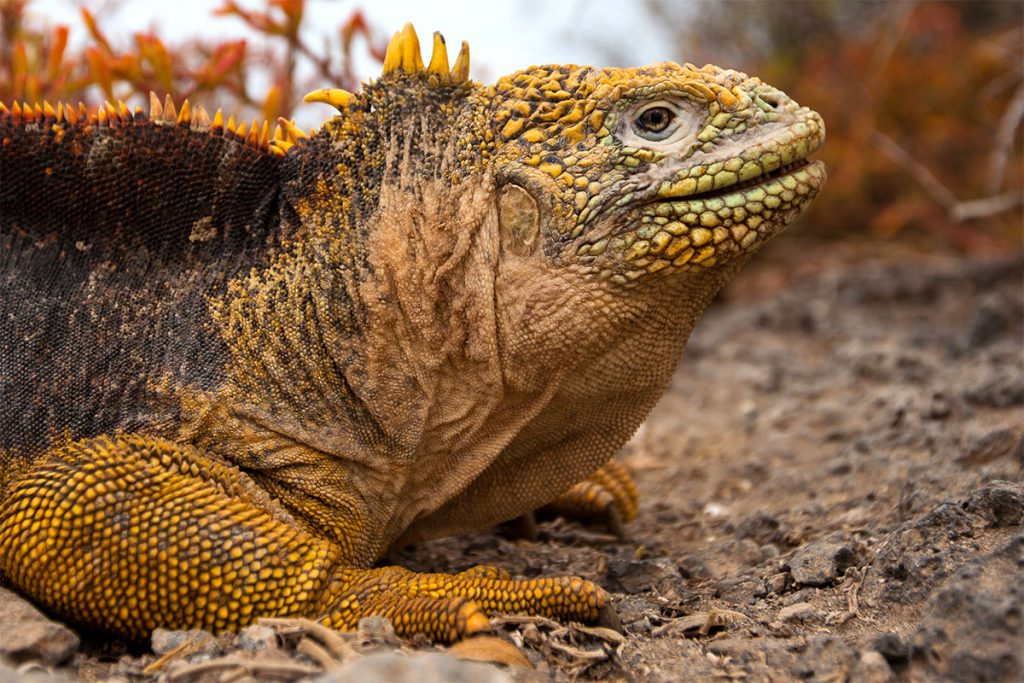





No comments:
Post a Comment